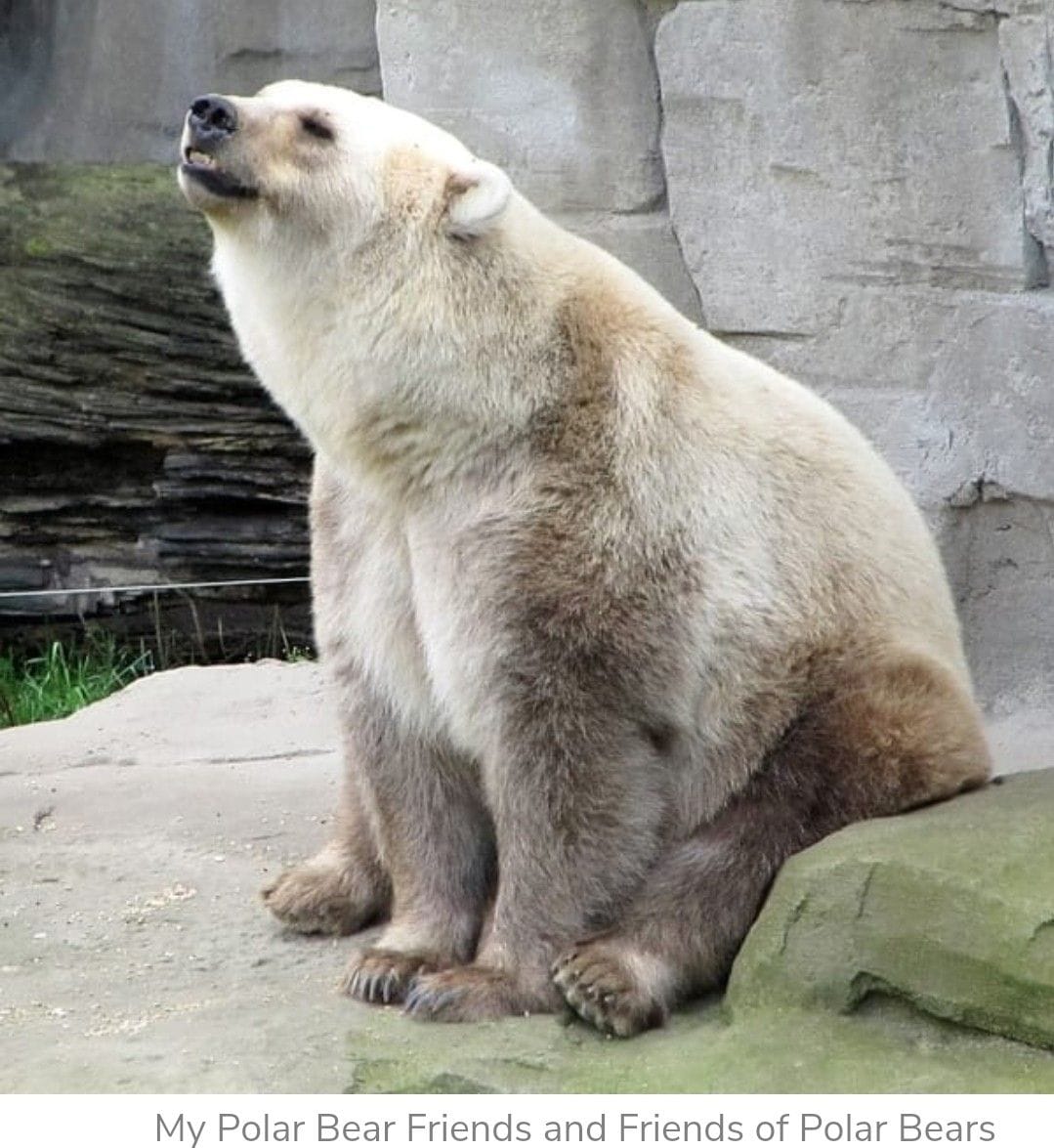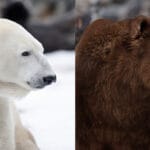You’ve heard of polar bears and grizzly bears, but have you ever heard of grolar bears or pizzly bears? These fascinating creatures are hybrids, a unique blend of polar bear and grizzly bear, sparking curiosity and concern among scientists.
Unleashing the Hybrid Bear Mystery: Pizzly vs. Grolar
Let’s break down the difference between these two names. A “grolar” bear typically refers to a hybrid with a male grizzly bear and a female polar bear, while a “pizzly” bear is the offspring of a male polar bear and a female grizzly bear. Though the terms are often used interchangeably, understanding the parentage is key for scientific tracking of these hybrids.
A Tale of Two Bears: Appearance and Characteristics
Pizzly and grolar bears often exhibit a captivating blend of their parents’ traits. Imagine the creamy white fur of a polar bear speckled with the brown patches of a grizzly! They might also inherit the grizzly’s slightly hunched back, but with the long, powerful digging claws of their polar bear parent.
How Big is a Pizzly Bear? Unpacking the Size and Strength of a Hybrid Giant
Pizzly bears fall somewhere in between their parents in terms of size. While smaller than the largest polar bears, they tend to be larger than the average grizzly bear. Here’s a general idea of their size:
- Height: 40 to 60 inches tall (at the shoulder)
- Length: 78 to 120 inches (from nose to tail)
- Weight: Around 1,000 pounds
Why do pizzly bears exist? Climate Change and the Rise of Hybrid Bears
The rise of pizzly and grolar bears is a compelling example of how climate change is reshaping the Arctic. As the Arctic warms, sea ice—the primary hunting ground for polar bears—is shrinking at an alarming rate. This environmental shift is driving polar bears further south in search of food, increasing their encounters with grizzly bears whose ranges are expanding northward. This overlap in territory creates opportunities for interspecies mating, resulting in the fascinating, yet concerning, emergence of hybrid bears.
Spotting the Hybrid: Sightings and Scientific Significance
The first confirmed sighting of a pizzly bear in the wild was in 2006 on Banks Island in Canada. Since then, more sightings have been reported, suggesting that these hybrids might be becoming more common. These sightings are more than just intriguing anecdotes; they provide valuable data points for scientists studying the impacts of climate change on Arctic wildlife.
The Future of Hybrid Bears: Adaptation, Conservation, and Uncertainty
The long-term survival and impact of pizzly and grolar bears on the Arctic ecosystem are still being studied. Some scientists believe that these hybrids might have an adaptive advantage in the changing Arctic. For instance, their potential for increased digging abilities (thanks to grizzly bear genes) could be beneficial as access to seals on dwindling sea ice becomes more difficult.
However, others worry about the potential impact on the gene pool of both polar bears and grizzly bears. Could hybridization dilute the unique adaptations that each species has evolved over millennia? This is an area of ongoing research and debate among scientists and conservationists.
The story of the pizzly and grolar bear is a powerful reminder of the interconnectedness of species and the undeniable influence of climate change. These unique creatures represent a blend of adaptation and uncertainty, urging us to understand and address the challenges facing the Arctic and its inhabitants.













1 thought on “Grolar or Pizzly Bear: Unraveling the Hybrid Future of Arctic Icons”
Comments are closed.